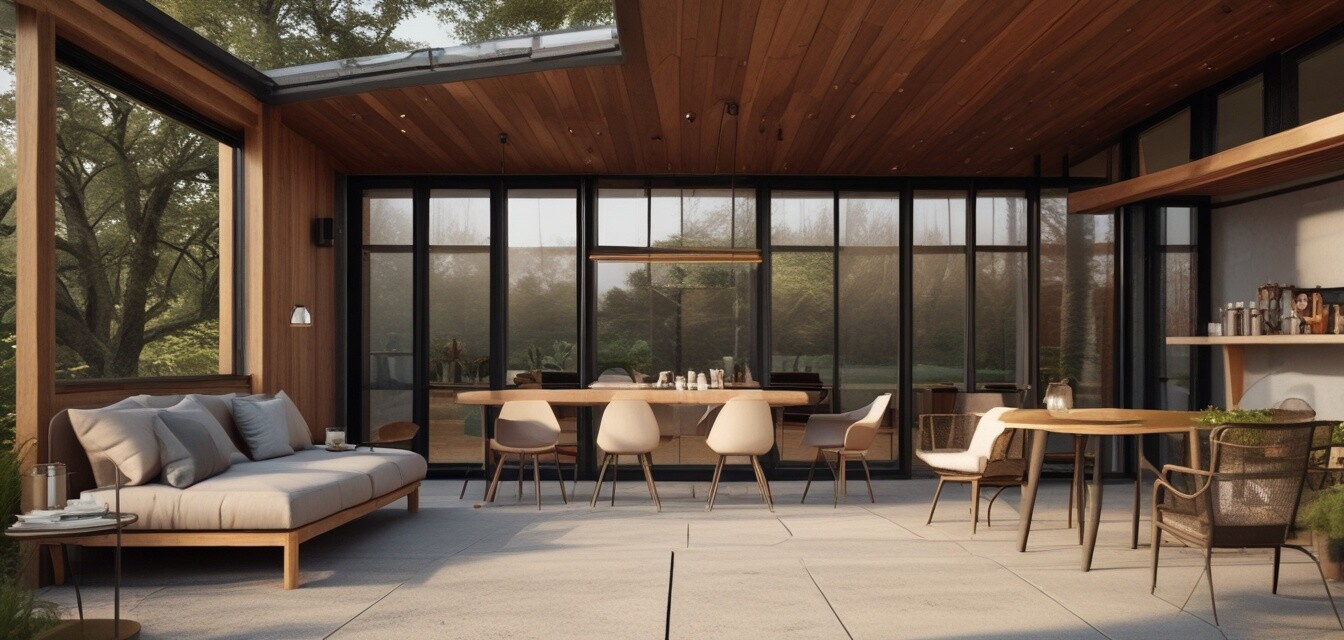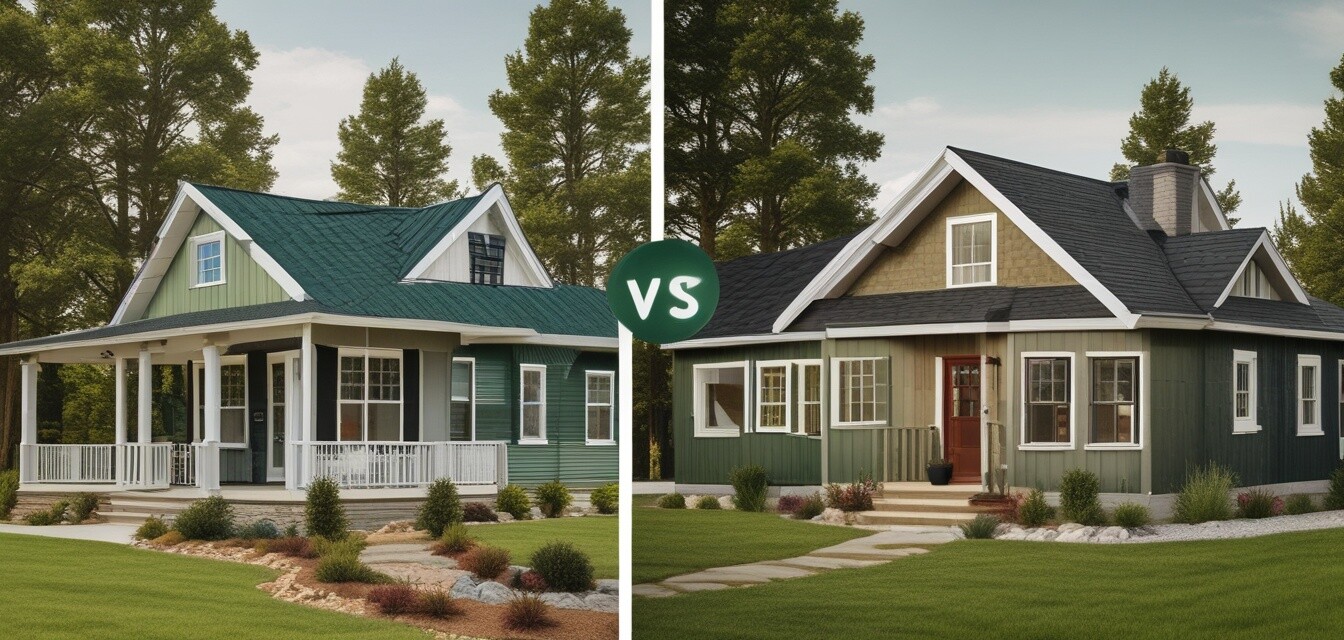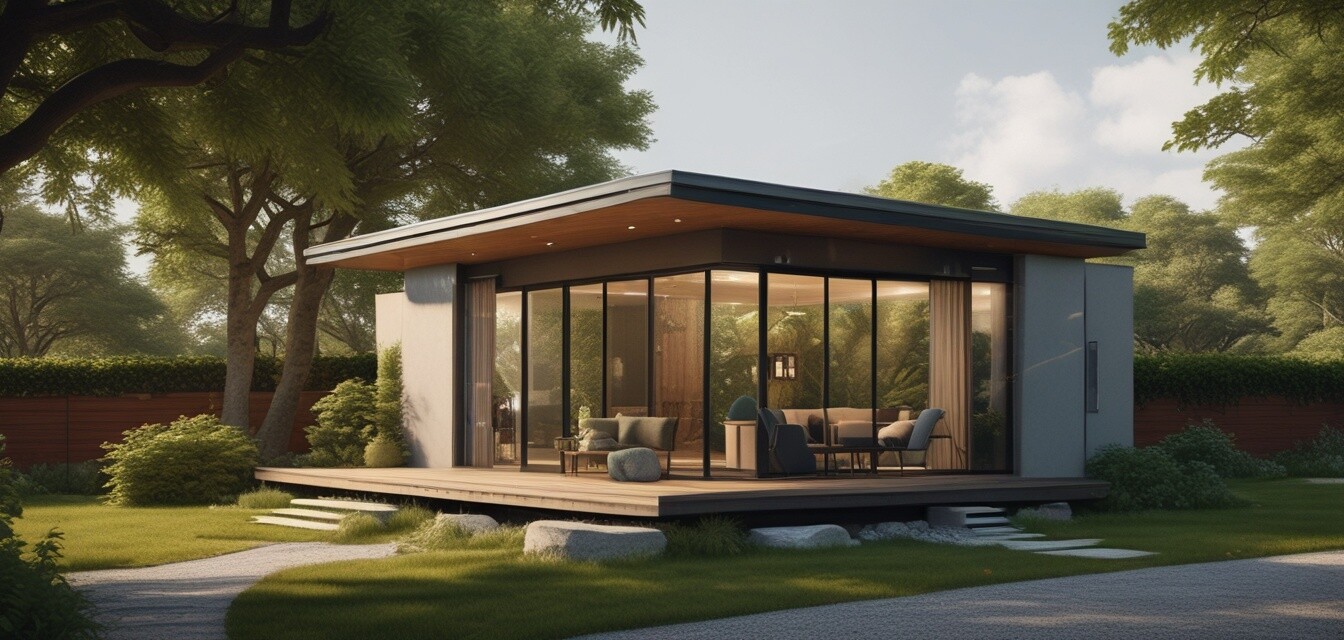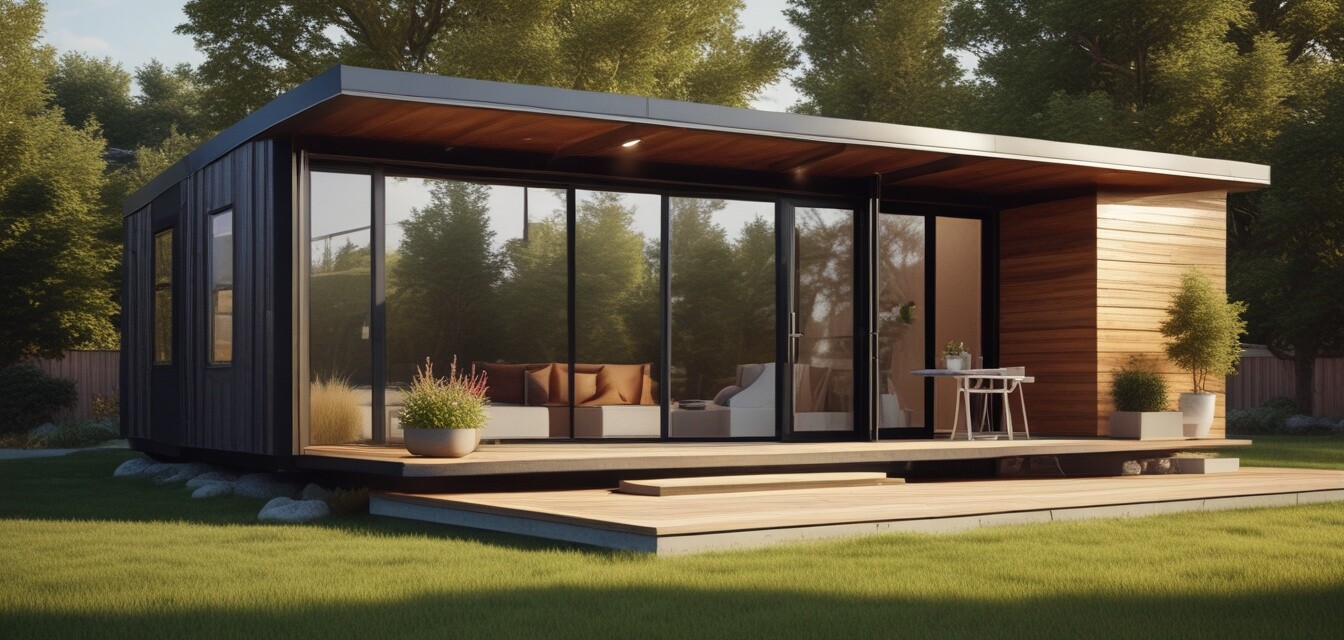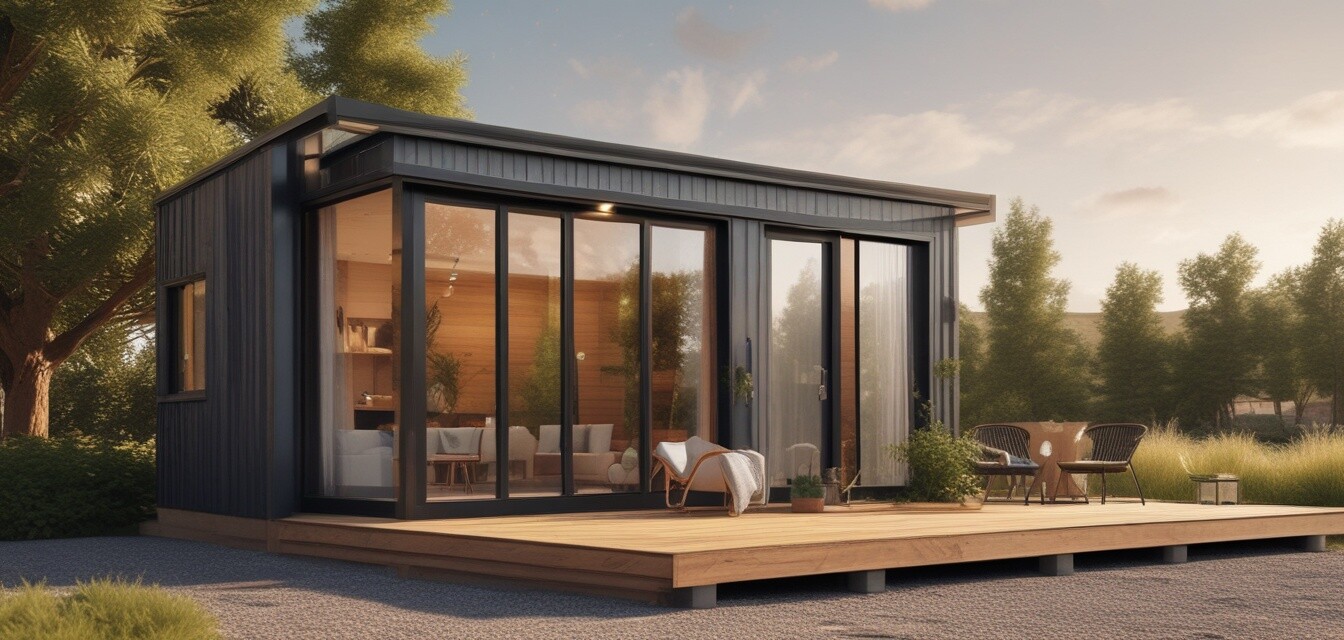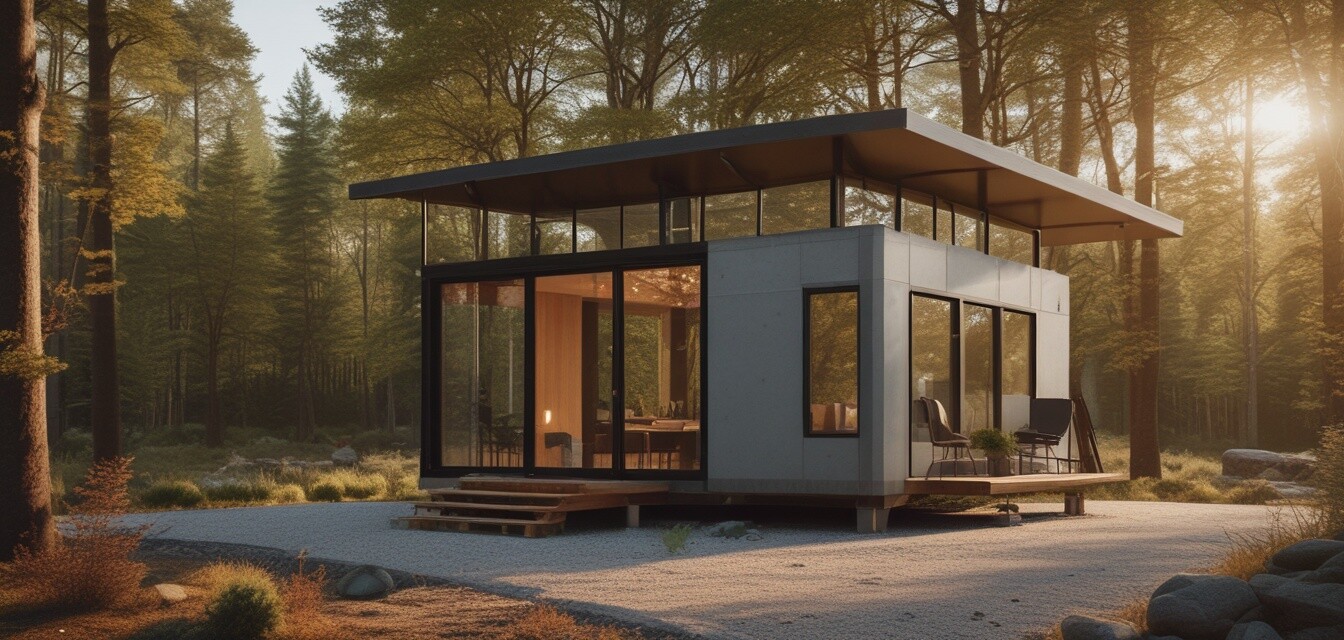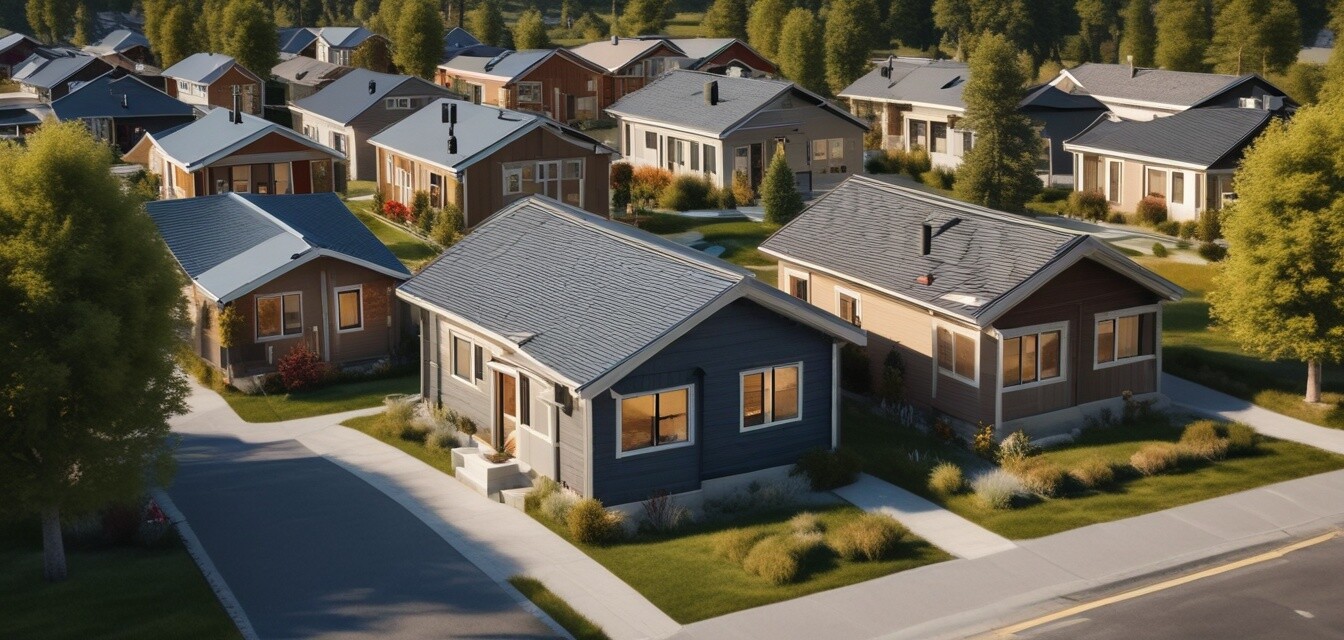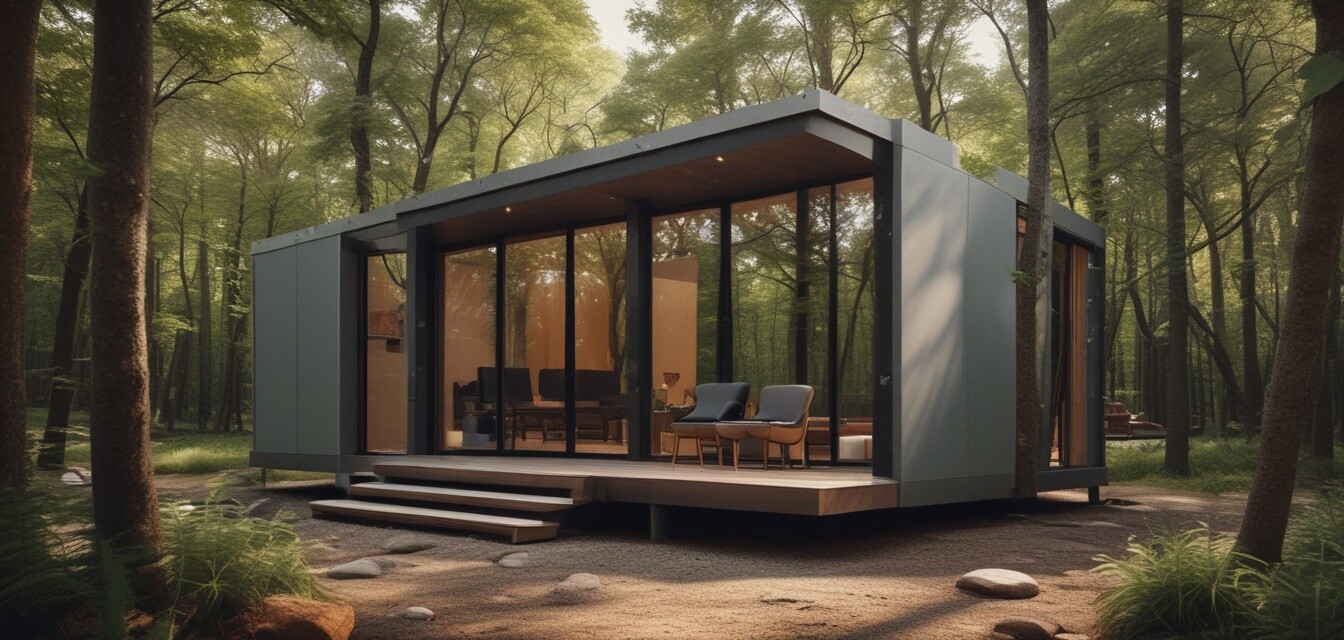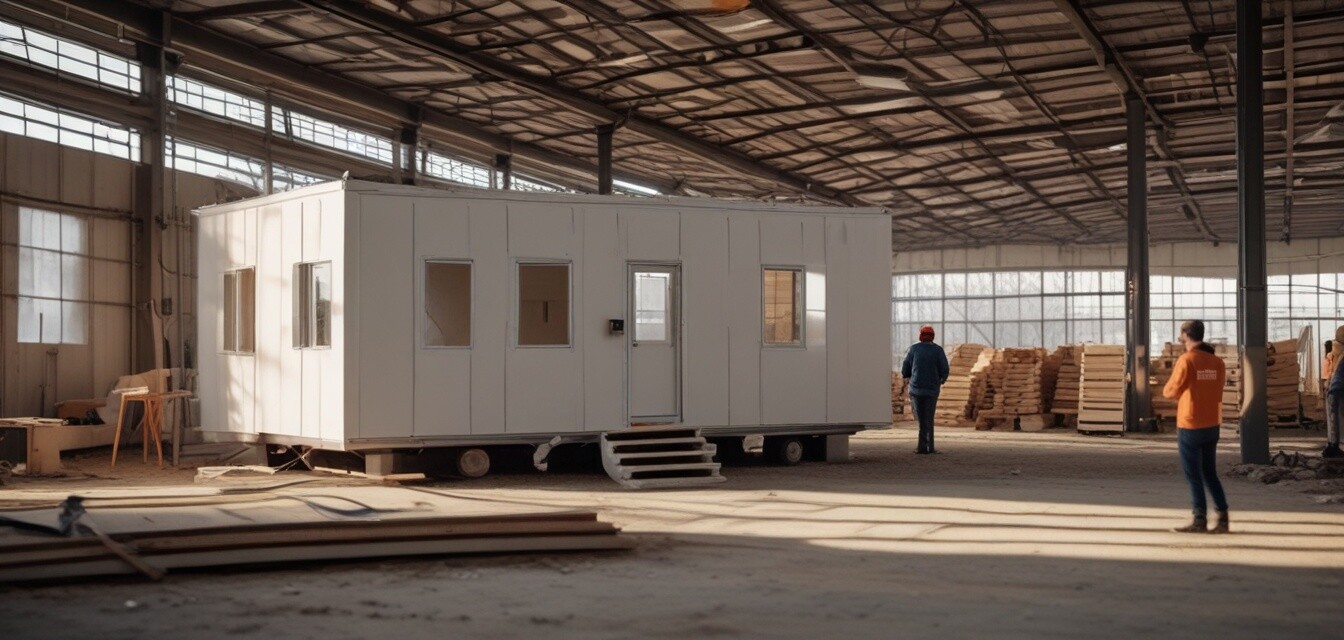
Disclosure: This content was generated with the assistance of AI and is not based on personal experience. It includes affiliate links, which means we may earn a commission if you make a purchase through them—at no additional cost to you. As an Amazon Associate, we earn from qualifying purchases. All product recommendations and endorsements are AI-generated and do not reflect personal opinions or hands-on evaluations.
Building and Installation Process: A Step-by-Step Guide to Tiny Prefab Homes
Welcome to the world of tiny prefab homes! If you're considering joining the tiny living movement, you're probably wondering how these homes are built and installed. In this comprehensive guide, we'll take you through the entire process, from factory construction to on-site assembly.
Key Takeaways
- Tiny prefab homes are built in factories, ensuring quality control and reduced waste.
- The installation process typically takes 1-3 days, depending on the size of the home.
- On-site assembly requires a flat surface, access to utilities, and a crane or forklift.
Factory Construction
The journey begins in a factory, where skilled workers assemble the tiny prefab home using sustainable materials and cutting-edge technology. This process typically takes 2-4 weeks, depending on the complexity of the design and the size of the home.
| Factory Construction Stage | Description | Duration |
|---|---|---|
| Design and Planning | Customization and design of the tiny prefab home | 1-2 weeks |
| Framing and Insulation | Construction of the home's frame and insulation | 1-2 weeks |
| Installation of Electrical and Plumbing | Installation of electrical and plumbing systems | 1-2 weeks |
| Finishing Touches | Installation of flooring, walls, and roofing materials | 1-2 weeks |
Transportation and Delivery
Once the tiny prefab home is complete, it's transported to the building site using a truck or trailer. The home is carefully secured to ensure safe transportation and minimal damage.
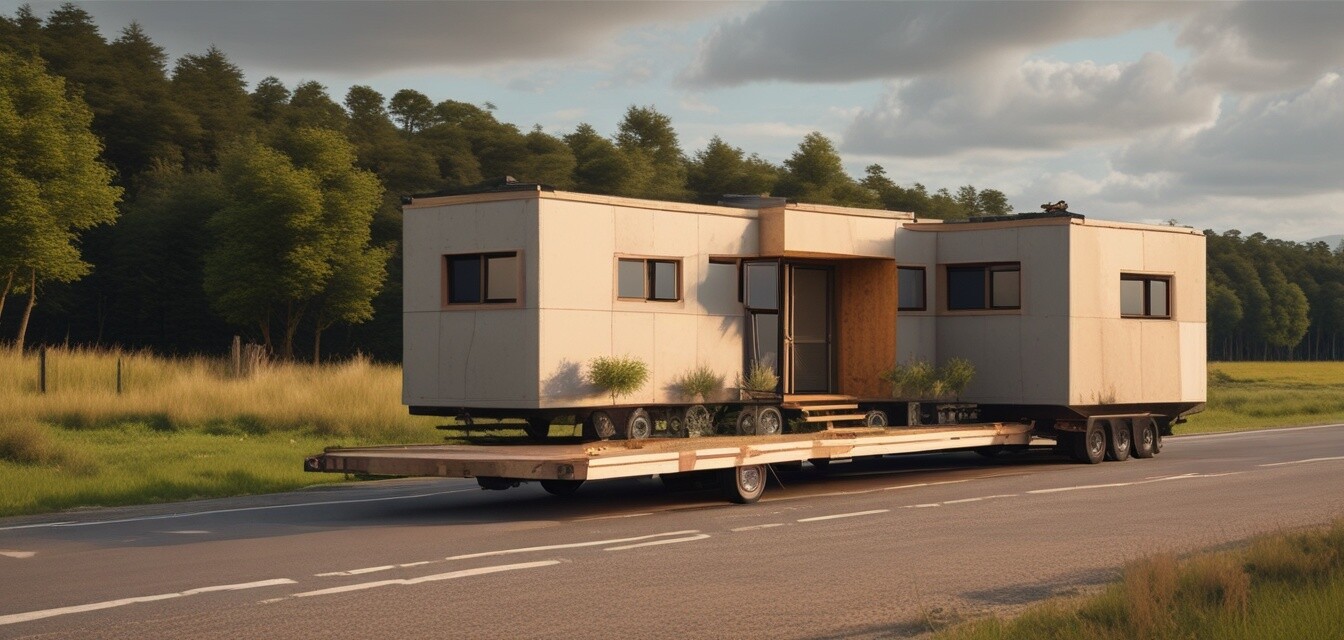
On-Site Assembly
The final stage of the process involves on-site assembly, which typically takes 1-3 days, depending on the size of the home. A crane or forklift is used to lift the home into place, and a team of workers secures it to the foundation.
- Site preparation: Ensure the surface is flat and clear of debris.
- Foundation installation: Install the foundation, which can be a pier-and-beam or slab foundation.
- Home placement: Use a crane or forklift to lift the home into place.
- Secure the home: Anchor the home to the foundation using bolts and screws.
Final Touches
The final stage of the process involves connecting the tiny prefab home to utilities, such as water, electricity, and sewage. This is followed by a thorough inspection to ensure everything is functioning as expected.
| Utility Connection | Description |
|---|---|
| Water Connection | Connect the home to a water supply, such as a municipal water line or well. |
| Electricity Connection | Connect the home to an electricity supply, such as a grid connection or solar panels. |
| Sewage Connection | Connect the home to a sewage system, such as a septic tank or municipal sewer. |
Conclusion
Building and installing a tiny prefab home is a complex process that requires careful planning, precise construction, and efficient installation. By following this step-by-step guide, you'll be well on your way to joining the tiny living movement and enjoying the benefits of a sustainable, eco-friendly lifestyle.
For more information on tiny prefab homes, check out our Tiny Prefab Homes section. You can also explore our range of Energy Solutions and Smart Home Devices to make your tiny home more efficient and comfortable.
If you're looking for ways to maximize your tiny home's space, visit our Compact Furniture section for inspiration. And for outdoor enthusiasts, don't forget to check out our Outdoor Living & Extensions section for ideas on how to extend your living space.
Pros
- Fast and efficient construction process
- Reduced waste and environmental impact
- Cost-effective compared to traditional building methods
Cons
- Limited customization options
- Requires a flat surface for installation
- May require special permits and licenses
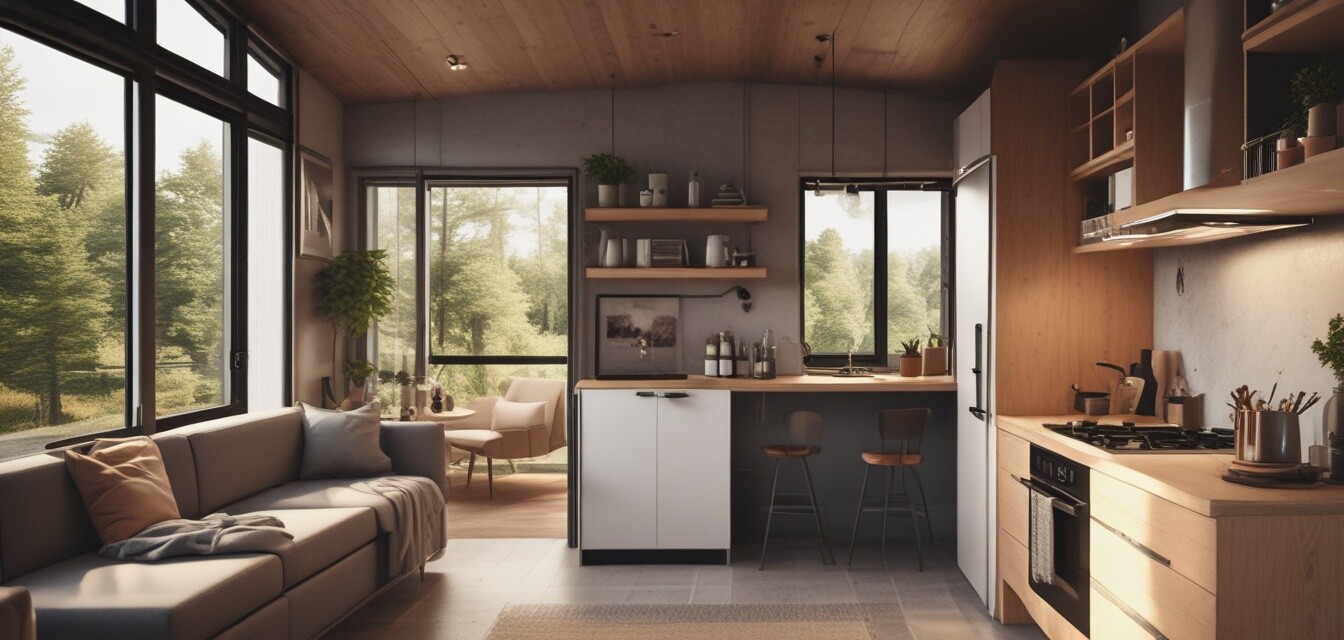
Beginners Section
New to tiny prefab homes? Here are some essential tips to get you started:
- Research local building codes and regulations
- Choose a reputable manufacturer and supplier
- Consider your lifestyle and living needs

